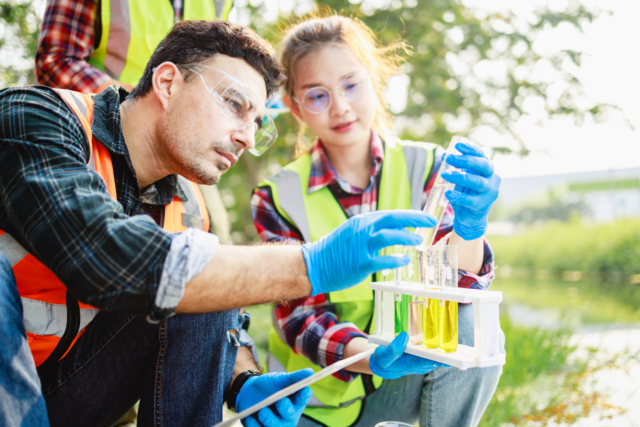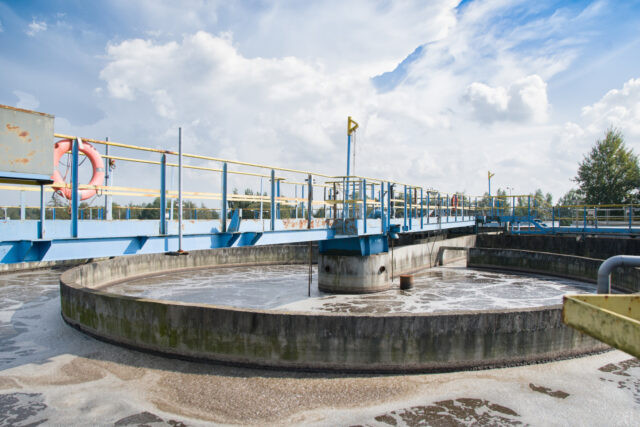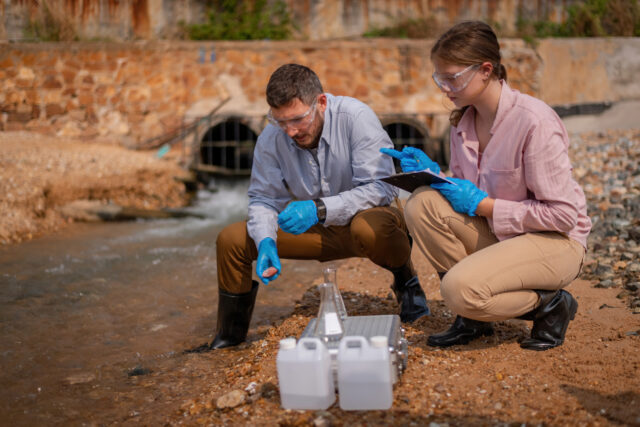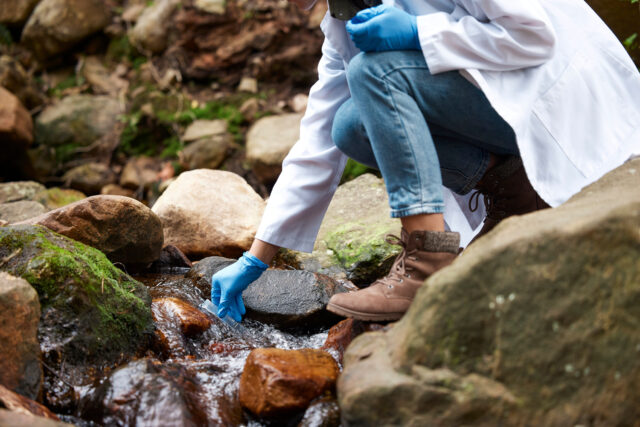Water Week 2024: What’s in Store
Water Week 2024, commencing on April 7, 2024, presents a convergence
of professionals, policymakers, and advocates focused on tackling the water
sector’s most pressing challenges. With a diverse lineup of events spanning the
week, participants will engage in critical dialogues surrounding legislation,
regulatory hurdles, and innovative solutions for sustainable water management.
The highlight of Water Week, the National Water Policy Fly-In
on April 9, 2024, brings together 350 water sector professionals from across
the United States. Representatives from associations, public water utilities,
and policy experts will convene in Congressional office visits, advocating for
pivotal changes and increased federal support for water infrastructure. This
collective effort, spearheaded by leading organizations such as the National
Association of Clean Water Agencies (NACWA), the Water Environment Federation
(WEF), the Water Research Foundation (WRF), and the WaterReuse Association,
underscores the urgent need for addressing aging infrastructure, PFAS
regulation costs, and other critical issues facing the sector.
In addition to legislative advocacy, Water Week 2024
features events designed to engage and inform participants about the latest in
water research, policy, and operations. Notably, the Solar Eclipse Watch Party
and Community Cleanup on April 8, 2024, combines community service with a
unique astronomical event, fostering a sense of camaraderie among water
professionals. Meanwhile, the Onsite Water Reuse Summit, scheduled for April
10-11, 2024, promises insightful discussions on integrating science, policy, and
operational strategies for water reuse, featuring keynotes from industry
visionaries.
Another significant event, the WEFMAX, slated for April
10-12, 2024, in Alexandria, VA, facilitates an exchange of ideas, best
practices, and lessons learned among Water Environment Federation members. This
forum exemplifies the collaborative spirit essential for advancing the water
sector’s goals.
Moreover, the completion of the AlexRenew Tunnel marks a
milestone in efforts to protect Alexandria’s waterways. The open house on April
13, 2024, offers the public a rare opportunity to celebrate this achievement
and learn more about the innovative engineering behind it.
Central to Water Week’s agenda is the America’s Water
Affordability Imperative Congressional Briefing on April 10, 2024. This
briefing aims to shed light on the consequences of unaffordable water systems
and explore solutions to ensure no American is left without access to this
essential resource. The involvement of the Congressional Black Caucus, along
with opening remarks by Senator Alex Padilla and Congresswoman Lisa Blunt
Rochester, signifies the bipartisan importance of water affordability.
Water Week 2024 represents a concerted effort to elevate water issues on the national stage, advocating for robust funding, innovative research, and policy frameworks that support the sector’s resilience and sustainability. As professionals gather in Washington, D.C., their unified
voice emphasizes the critical role of water management in public health, environmental protection, and economic development. Through collaboration and advocacy, Water Week seeks to catalyze lasting solutions to the challenges that loom large over the water sector, ensuring a secure and sustainable water future for communities across the nation.
Resources:
WWD
Water Finance and Management
















